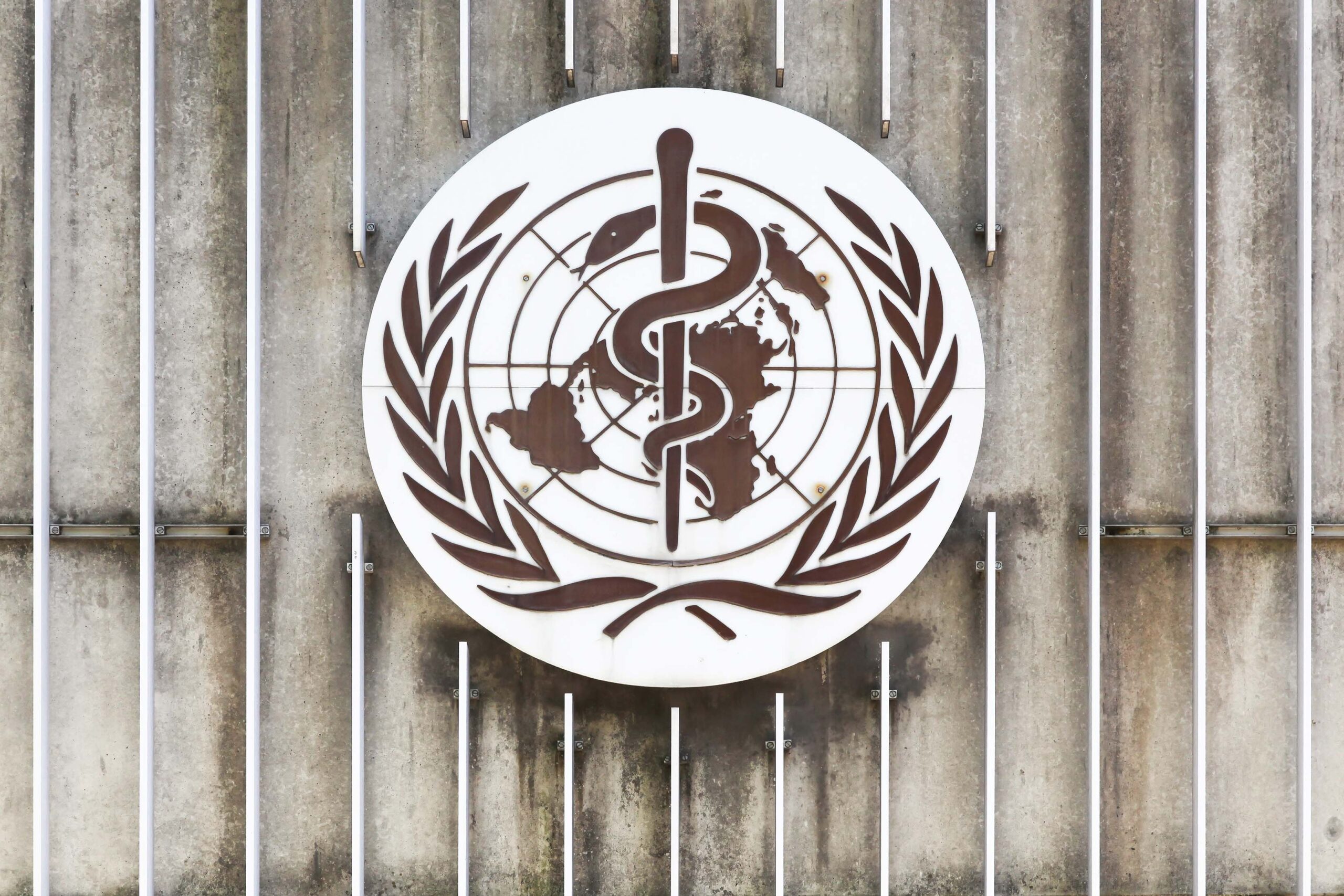On April 13th, ASBM presented to the World Health Organization’s (WHO’s) 72nd Consultation on International Nonproprietary Names (INN) for Pharmaceutical Substances, held in Geneva, Switzerland. This was the sixteenth INN Consultation at which ASBM has presented.
ASBM was represented by Executive Director Michael Reilly, Esq., and Advisory Board Chair Philip Schneider, MS, FASHP. Due to coronavirus-related travel restrictions in place at the time of the consultation, the presentation was made online.
Since 2013, ASBM has worked extensively on the issue of international harmonization of biologic nomenclature, most recently by hosting a series of meetings with FDA, Health Canada, and the WHO.
In 2014, the WHO proposed that all biologics sharing an INN be assigned a unique four-letter suffix called a “biological qualifier” or BQ. While initially supported by many national regulatory authorities including the FDA, Health Canada, and Australia’s Therapeutic Goods Administration (TGA), the BQ proposal has not yet been implemented. In 2015 the FDA adopted its own BQ-like suffix system, and until recently was in conversations with Canada about harmonizing nomenclature systems regionally.
While the discussions in the Open Session at which ASBM presented are bound by confidentiality agreements pending the publication of an Executive Summary by the INN Programme, the Executive Summary from the 71st INN Consultation – held on October 20, 2020 and in which ASBM also participated – may be viewed here. From the Executive Summary:
One argument against distinguishable names was that biosimilars may be seen as inferior and that this would hamper their use. But that has not happened in the USA, and in 5 years of use, two biosimilars of filgrastim have achieved a 72% share of the market; good uptake has also been seen bevacizumab, trastuzumab and pegfilgrastim biosimilars. So, distinguishable names are not an impediment to uptake.
Another argument against the BQ is the presence of existing ways of distinguishing biologics, particularly in pharmacovigilance (PV) programmes. Efforts have been made to improve PV programmes through regulation but in a study of the UK adverse drug reaction (ADR) reporting program, no one reporting system is consistently used. Ideally, all methods of identification should be used but in the UK study, only 38% of reports included an identifiable brand name and only 15% had batch numbers. These findings prompted the authors to conclude that the system needs to be improved. These data are consistent with ASBM’s survey findings that show inconsistent information being included in ADR reports with brand name, batch number and the name of the manufacturer not always being specified.
As biologics and biosimilars continue to increase, with distinguishable non-proprietary names not having a negative impact on the update of biosimilars, and with PV programmes needing to be improved, the lack of a consistent approach points to a need for WHO leadership, just like is happening for the pandemic.
Several early supporters of the BQ have reversed their views, explicitly citing lack of WHO action on naming. Yet they remain willing to harmonise with a global standard should one be made available by the WHO. At the April INN Consultation, the ASBM offered to draft a letter to gauge the level of support for BQ among regulators, and the ASBM repeated this offer
ASBM surveys have consistently shown strong support for distinct naming among physicians worldwide. 66% percent of U.S. physicians surveyed support distinct naming for all biologics, including biosimilars, as do 68% of Canadian and 79% of Australian physicians. Among physicians in Latin America, 94% believe the WHO’s BQ proposal would be helpful in ensuring their patients receive the correct medicine.
